| Columns Retired Columns & Blogs |
these medium-sized towers sound, in a word, right
No way, not with those measurements.
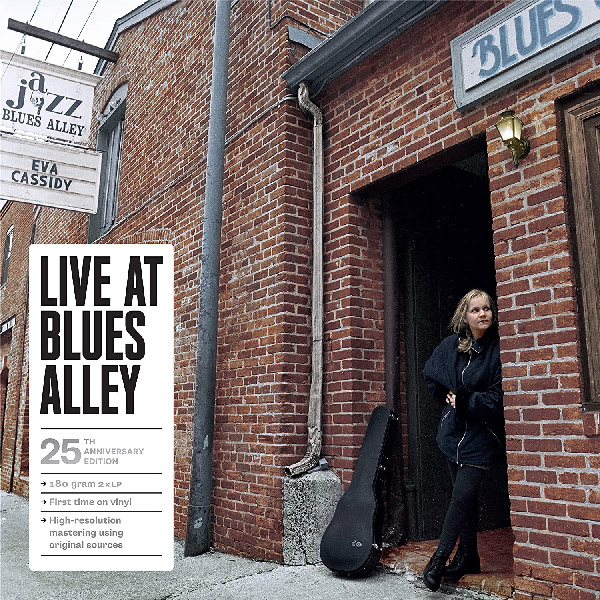
After the analytical/setup part of this review, the quick transition to right brain was pleasantly startling. I cued up Eva Cassidy's "Fields of Gold" from Live at Blues Alley (16/44.1, Tidal), and the emotions came flooding, as they often do on a well-reproduced version of that track. My first written note was: "Pure and smooth," followed by "Nothing is boxy" and "Remarkable image cohesion."
The next track, Tian Bo's "Ancestral Prosperity," from the album Taiko Stories (16/44.1, Tidal), did nothing to dampen the joy. Various deep drums, including Chinese taikos, accompany a lonely-sounding bamboo flute, and eventually a plucked Chinese zither called a guzheng joins the mix. Via the Adams, transients seemed to travel at the speed of light. With no subwoofers connected, the solidity and heft of the drum strikes was exemplary, their reproduction nearly indistinguishable from a live instrument. I noticed how simple it was, with these speakers, to tell if skins are played with hands or sticks. Maybe that's not a high enough bar: With the Adams, it was easy to gauge the thickness of the sticks coming down on the drumheads.
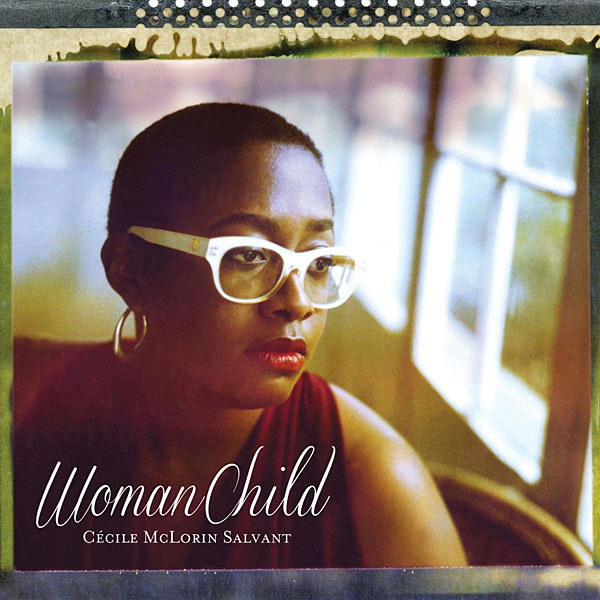
With every track, there was admirable force and a corporeal quality to the instruments—and not just the many drums. In the middle of "Dirty Mood ... So" by the Andy Emler MegaOctet, from A Moment For... (16/44.1 FLAC, La Buissonne Studios/Qobuz), there's about a minute's worth of interplay between Emler's grand piano and François Thuillier's jolly tuba. Both sounded appropriately weighty through the Adams. (I love listening to horns and their brassy, ballsy sonics.) Likewise, on "Le Front Caché Sur Tes Genoux" from Cécile McLorin Salvant's WomanChild (24/96 FLAC, Mack Avenue/Qobuz), Aaron Diehl's piano had excellent force and clarity—a hint of audacity even—while the voice of the Grammy-winning chanteuse, breathy and wistful, was suspended as a solid mass in the air between the speakers.
The Adams proved delicate and powerful at the same time, even on non-audiophile pop recordings. The Boo Radleys' "Thinking of Ways," from Giant Steps (16/44.1, Creation Records/Tidal), sounded heavenly, as if spun from silk. So did Donovan's gently swaying "Sunny Goodge Street," from Catch the Wind (16/44.1 FLAC, Sanctuary Records/Qobuz), lifted by a complicated arrangement featuring (judging by the sound) cellos, trumpets, a French horn, a double bass, a transverse flute, and a jazzbox guitar. It's as lovely as anything the Beatles and George Martin put together. (Misled by the silly, vaguely annoying "Mellow Yellow," I long dismissed Donovan as an irrelevant hippie-dippy beatnik. No longer.)
On Lhasa de Sela's "My Name," from The Living Road (16/44.1 FLAC, Audiogram/Tidal), I heard great purity in the percussion, starting with the two-tone chime that opens the track. Woodblocks, bells, and toms combined to form a deeply textured experience.
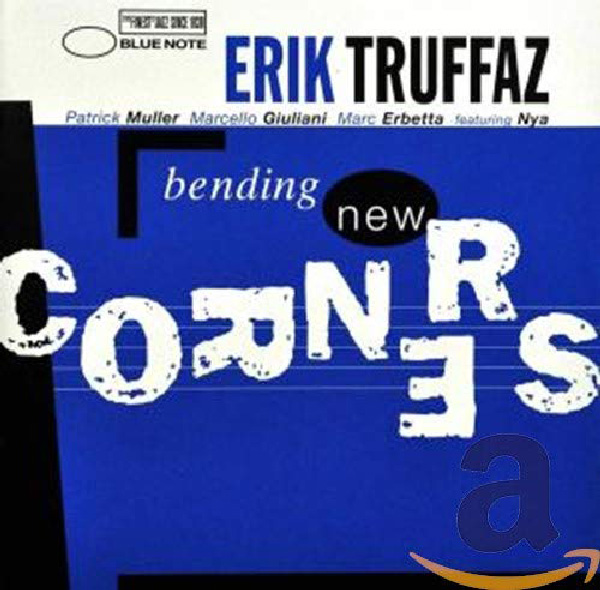
When, after a few days, my giddiness made way for a more analytical mood, one aspect of the Adams gave me pause. It seemed to me that the double bass on Eric Truffaz's "Arroyo," from Bending New Corners (16/44.1 FLAC, Parlophone (France)/Tidal), was bigger than it ought to be, exhibiting a bit too much energy in the sub-50Hz region. Oddly, that excess energy was absent on most bass-heavy material. About 75% of tracks I know to be well-recorded sounded foundationally appropriate—make that beautiful—on the Adams. But a minority of recordings that behaved well on almost all speakers I've had in my room sounded overly muscular on the Adams. Not bloated—not slow, flabby, or tonally false—just too much bass.
I'm not a fan of lean-sounding or polite speakers. I consider it a good thing that Levy designed this speaker to avoid such a signature. But did he overshoot? The Truffaz track would suggest so. And even with custom room correction engaged on my Anthem STR integrated amp, I heard the same quality on Chris Isaak's "Wicked Game" from Heart Shaped World (16/44.1 FLAC, Reprise/Qobuz), Cyro Baptista's "Dansa" from Vira Loucos (16/44.1 FLAC, Avant/Tidal), and others.
But the deep drums on Emmylou Harris's "Deeper Well" from Wrecking Ball (24/44.1 FLAC, Nonesuch/Tidal)? Marcus Miller's "Cousin John" from M2 (16/44.1 FLAC Qobuz)? No problem. The celebration of borderline-infrasonic megagrooves that is Me'Shell NdegéOcello's Peace Beyond Passion (16/44.1 FLAC, Maverick/Qobuz), a perennial favorite of mine, came through cleanly. I also dug the room-pressurizing synth bass on Govinda's "Like I Do," from Echoes of Eden (16/44.1 FLAC, Water Music Records/Qobuz): When the instrument kicks in, it hits you in the chest. Add an atmospheric trumpet, an acoustic guitar, tablas, and Bengali vocals, all filtered through a range of effects, and you have a trippy, deeply enchanting, Moby-esque soundscape.
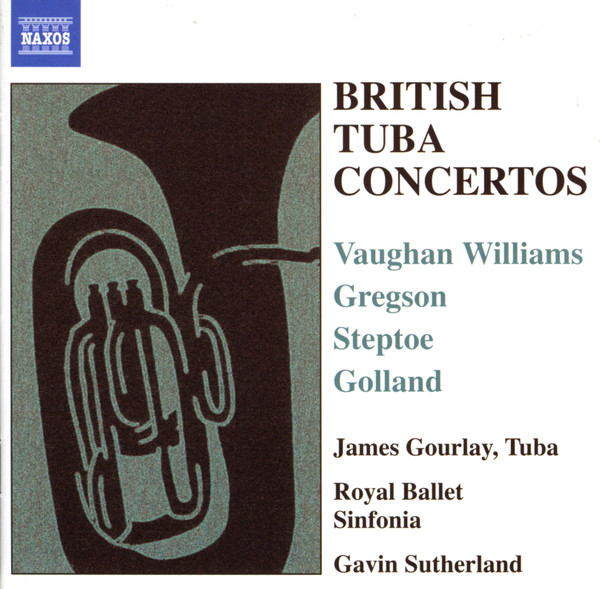
I should also give a shoutout to Ralph Vaughan Williams's wildly creative "Tuba Concerto in F Minor," performed by James Gourlay and the Royal Ballet Sinfonia (Gavin Sutherland, cond.) on British Tuba Concertos (16/44.1 FLAC, Naxos/Qobuz). The recording, courtesy of engineer Mike Ross-Trevor and producer Philip Lane, beautifully captures not just the performance but the space: the enormous Phoenix Sound studio in London, as big as an airplane hangar, a secular cathedral if you will. The tuba's decaying notes are thrilling, as is the Adams' ability to do them justice.
Finale
I began my time with the Adams harboring a positive bias, as I'd heard them do their magic at AXPONA 2022 in two rooms. (In the first, they were coupled with a Krell K-300i integrated amp; in the second, two Infigo Method 3 monoblocks did the honors.) When I sauntered into the Alta Audio rooms, I was still recovering from the shockingly lifelike sound put forth at the show by the Magico M6s, the Focal Maestro Utopias, and Avantgarde Audio's G3 horns, all very expensive and all driven by state-of-the-art electronics. But the Adams had no trouble drawing me in. They struck me as standouts precisely because they very nearly matched their much pricier brethren in all but absolute scale. I also liked that they would be easier to live with than the behemoths I couldn't help comparing them to. Thanks to the Adams' open, airy sound, their vivid and perspicuous character, and the unapologetic brawn of their bass reproduction, I looked forward to auditioning them further in my home.
If I'm honest, I must admit that I had a minor negative bias at the start, too, because I knew that Mike Levy voices his speakers with tracks from the likes of Jennifer Warnes, Joni Mitchell, and Leonard Cohen. I like and respect all three artists, but I'm also partial to raw-and-raucous rock turned way up: Nirvana, Led Zeppelin, Rage Against the Machine, Rammstein. Lucky for me, the Adams did that genre justice as well. They showed their muscular and exciting side with rock and metal—I happily air-drummed my way through "When the Levee Breaks"—then turned delicate and intimate with small jazz ensembles and singer-songwriters.
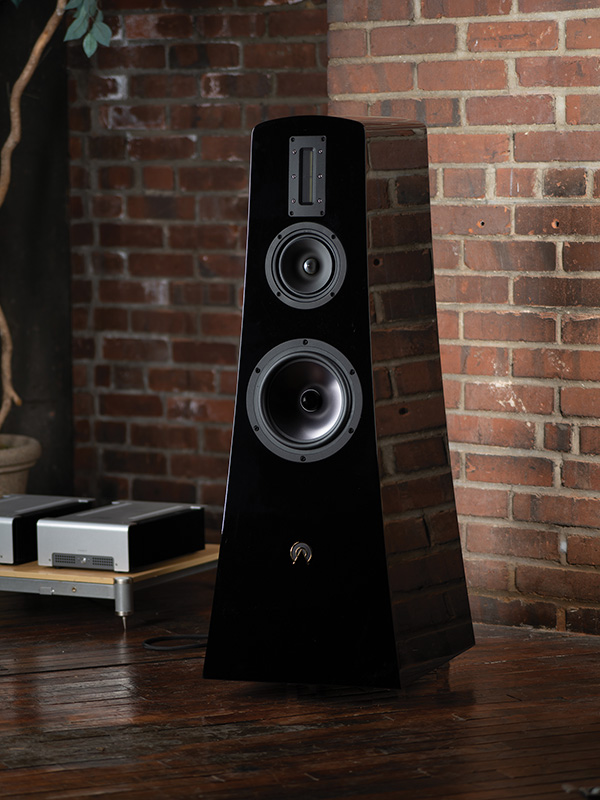
The Adams don't sugar the dish, and they don't stand in the way of truth. All the same, while they sound natural, I'm not sure they're neutral per se. Levy believes that technically perfect speakers "sound like crap," so he designs his products according to his own tastes, with input from some golden-eared beta testers, including hi-fi folks, pro musicians, and engineers. No doubt as a result of that process, and of Levy's intentional choices, in my room the Adams' bottom octave was occasionally overdone—though never bloated or flabby, as I've already noted. They even rattled the furniture—a phenomenon I normally experience only with my subwoofers turned to beast mode.
It's quality bass for sure, taut and tight and musical. I'm half-seduced by the famous Mae West dictum, "Too much of a good thing is wonderful," and so it may be with the Adams.
Levy is aware that their low-end presence may need to be tamed in some interiors and advises "raising them up from the floor a short distance," which he says "will alleviate" too-strong bass. "You must also adjust the extension on the back [spikes] to adjust the angle of the face toward the listener." I'd done both at the start, although the Townshend Podiums only elevated the speakers by about 1¼"; Levy told me he recently oversaw an installation where the Adams ended up on platforms more than 7" off the floor.
A wag once said that if you take it out of the box and it sounds good, it's not high-end audio. As beguiling as these speakers are from the moment you hear them, their bass may require some experimentation with placement and perhaps even room-correction software. That's not unusual, so it's not really a knock on the terrifically satisfying Adams. Right now, these are the speakers I'd consider most if 20 grand were burning a hole in my pocket

these medium-sized towers sound, in a word, right
No way, not with those measurements.

That's being diplomatic.
Cheers George

...jacket material to cover your speaker cable, or adding an Ikea cutting board under each of your components makes a difference to the sound of your system, then building and "tuning" your speaker like a musical instrument makes sense, too.

I find Alta audio speakers to sound very good at shows also. Maybe it's better not to know how something measures if you like the sound?

Listen at Presentation in VPI house, Huge soundstage Very controlled bass
Excellent speakers

This level of piss-poor engineering wouldn't be acceptable on a $300 pair of speakers. What a joke. I suggest the reviewer listen to music on actual high fidelity speakers to calibrate what good sound actually is. Good grief.